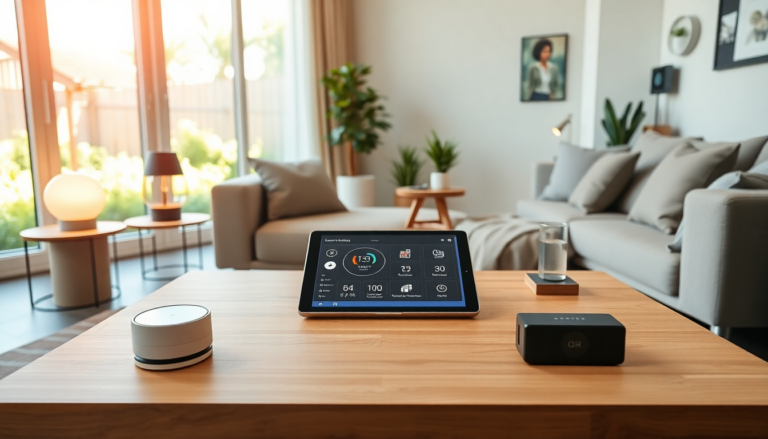Argomenti trattati
The smart home devices market is booming, and it’s hard to ignore the factors fueling this growth. With rapid advancements in technology and a rising consumer appetite for automation, it seems that everyone is eager to embrace a more connected lifestyle. But what exactly is behind this surge, and what does the future hold for smart home technology? Let’s dive into the details.
Market Overview and Growth Projections
As we look toward 2024, the global smart home devices market is estimated to be valued at around USD 110 billion. Incredible, right? And forecasts suggest it could double to USD 220 billion by 2033, reflecting a robust compound annual growth rate (CAGR) of 7.8%. This impressive growth is largely driven by the integration of Internet of Things (IoT) technologies in homes, which opens the door to enhanced automation, security, and energy management solutions.
Smart home devices are more than just trendy gadgets; they encompass a wide range of interconnected tools such as smart thermostats, lighting systems, security cameras, and voice-controlled assistants like Amazon Alexa and Google Assistant. These devices not only elevate the convenience and comfort of our homes but also play a crucial role in boosting energy efficiency. With energy costs on the rise and environmental concerns growing, it’s no wonder that consumers are on the lookout for ways to optimize their energy consumption.
Key Trends and Opportunities in the Market
So, what are the emerging trends shaping this landscape? One notable trend is the increasing adoption of AI-powered solutions that enhance automation capabilities. Imagine devices that can learn your preferences and anticipate your needs—sounds like something out of a sci-fi movie, doesn’t it? Smart thermostats can now adjust the temperature based on whether you’re home or away, while AI-driven security cameras can recognize familiar faces, significantly reducing false alarms.
The COVID-19 pandemic has also played a significant role in accelerating the adoption of smart home technologies. As more people look to improve their home environments for remote work and online learning, the desire for enhanced comfort and security has driven increased investments in home automation solutions.
Challenges and Considerations
However, it’s not all smooth sailing. The smart home devices market faces its fair share of challenges. A major concern is cybersecurity and data privacy. With homes becoming increasingly interconnected, the risk of cyber threats escalates, prompting consumers to worry about the security of their personal data. For manufacturers, it’s essential to implement robust security measures and maintain transparent data handling practices to build consumer trust.
Additionally, the initial costs of purchasing and installing smart home devices can be daunting for many. While technology is becoming more affordable, the overall investment required to fully automate a home can still be high. This is especially true for those needing professional installation or facing compatibility issues between various brands and devices.
Future Outlook and Predictions
Looking ahead, the smart home devices market is set for continued growth, driven by technological advancements and a growing consumer awareness of the benefits of home automation. The introduction of universal connectivity standards like Matter aims to resolve interoperability issues, making it easier for consumers to integrate devices from different manufacturers into a cohesive smart home ecosystem.
As remote work becomes a permanent feature for many, the demand for smart home solutions is likely to rise even further. Additionally, the integration of smart healthcare technologies into home automation systems presents a promising opportunity, especially as the global population ages and the need for remote healthcare solutions increases.
In conclusion, the smart home devices market is on an upward trajectory, characterized by innovation, consumer demand, and a strong focus on sustainability. By tackling challenges around security and affordability, the industry can pave the way for greater adoption and unlock the full potential of smart home technology. Are you ready to join the smart home revolution?

